-
×
2 x RED LIZARD WHIPTAIL CATFISH 5-7CM PLECO LIVE TROPICAL FISH MIX MALE FEMALE, Thriving Aquarium Fish, Ideal for Beginners Looking to Create a Vibrant Tropical Environment 2 × £28.00
-
×
-
×
-
×
-
×
-
×
2 x ELECTRIC BLUE ACARA CICHLID ANDINOACARA PULCHER male and female size, Beautiful Pair of South American Cichlids, Perfect for Beginners and Thriving Aquatic Environments, Stunning Colors That Enhance Your Tank 2 × £14.99
-
×
-
×
-
×
-
×
Subtotal: £332.44

 2 x RED LIZARD WHIPTAIL CATFISH 5-7CM PLECO LIVE TROPICAL FISH MIX MALE FEMALE, Thriving Aquarium Fish, Ideal for Beginners Looking to Create a Vibrant Tropical Environment
2 x RED LIZARD WHIPTAIL CATFISH 5-7CM PLECO LIVE TROPICAL FISH MIX MALE FEMALE, Thriving Aquarium Fish, Ideal for Beginners Looking to Create a Vibrant Tropical Environment 

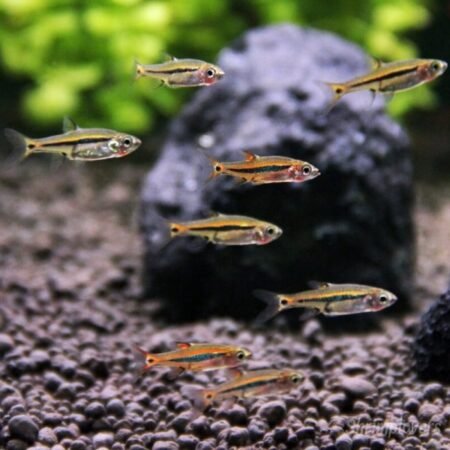
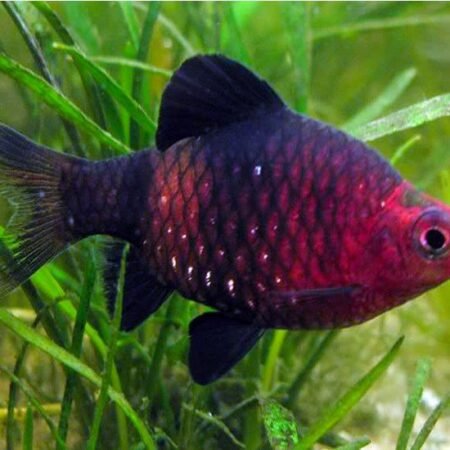
 2 x ELECTRIC BLUE ACARA CICHLID ANDINOACARA PULCHER male and female size, Beautiful Pair of South American Cichlids, Perfect for Beginners and Thriving Aquatic Environments, Stunning Colors That Enhance Your Tank
2 x ELECTRIC BLUE ACARA CICHLID ANDINOACARA PULCHER male and female size, Beautiful Pair of South American Cichlids, Perfect for Beginners and Thriving Aquatic Environments, Stunning Colors That Enhance Your Tank 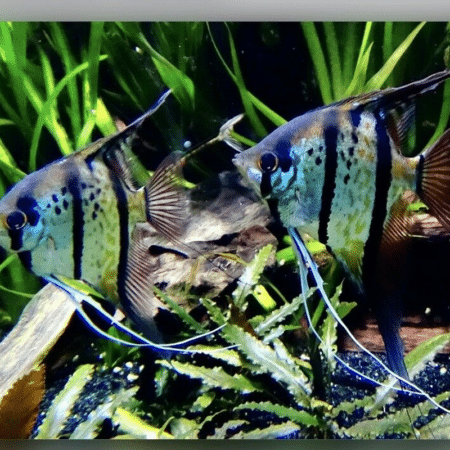



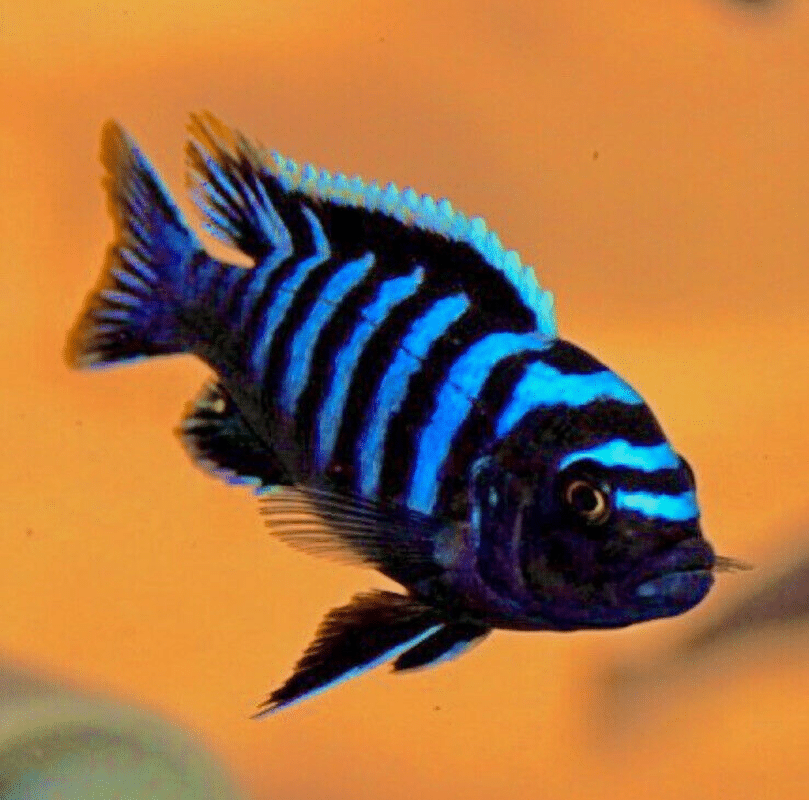
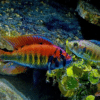
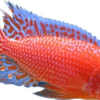










Emily Carter (verified owner) –
As a passionate aquarium hobbyist, I can confidently say that the Cichlid Lake Malawi Afra Cynotilapia Chimate has truly enriched my cichlid aquarium! I added a pair about two months ago, and I’ve been absolutely thrilled with their vibrant colors and unique personalities. They quickly adapted to my 75-gallon tank, which is meticulously maintained with a proper pH level and temperature range. Their playful behavior and social interactions bring so much joy to my home.
What sets these African cichlids apart from others I’ve kept is their fascinating dynamic; they’re curious and not overly aggressive, which makes them perfect for a community setup. I initially hesitated due to their specific care requirements, but they’ve proven to be quite hardy. Just ensure you provide plenty of hiding spots to create a comfortable environment.
If you’re looking to add some stunning fish to your setup, I wholeheartedly recommend the Afra Cynotilapia. They’re perfect for both seasoned aquarists and beginners who are ready to take the plunge into the beautiful world of African cichlids. Just be prepared to fall in love with these little gems!